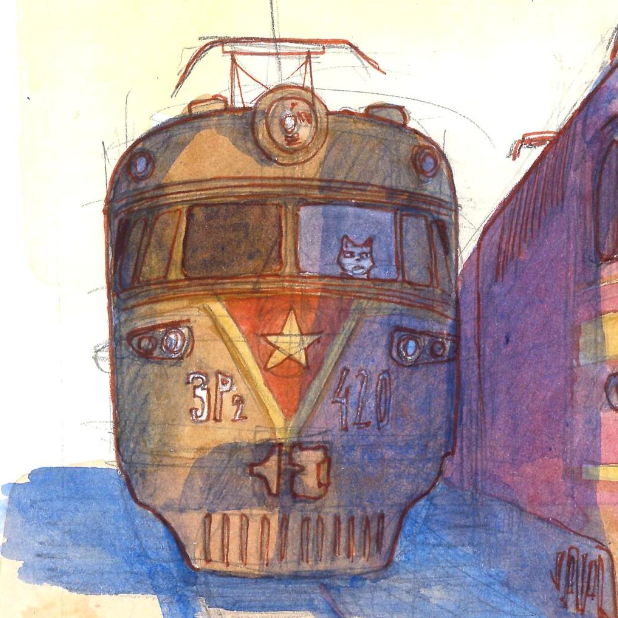nice, 20 is perfect for residential and other pedestrian heavy areas.
Many of the people being interviewed say 20mph increases congestion. Is that true?
Generally, faster moving traffic necessitates more space between vehicles for a safe stopping distance. Often this distance is specified in seconds as to account for this speed. Road capacity is hence barely affected by changes in speed, only your travel time, if you can get on the road, is. [1]
Moreover, in a city with many intersections, the bottleneck is usually the intersections themselves, not the roads. Higher speeds just causes you to get to the next intersection faster, but may not improve the capacity of an intersection, reducing the travel time gains of a higher speed limit. [2]
To the contrary, the potential increase in travel time for cars could make alternatives to driving more attractive, reducing congestion instead. Furthermore, accidents tend to block roads, also causing congestion. Fewer accidents means less congestion.
I suspect it is a lot less than they think. But interested to see the traffic simulations. There’ll be some places where it makes no difference, i’d think the more urban and the busier the less impact.
I think congestion really builds up when you can’t clear the lights because there’s too many cars at each side of junction. I don’t see speed changing that much.



